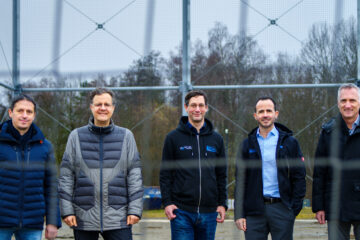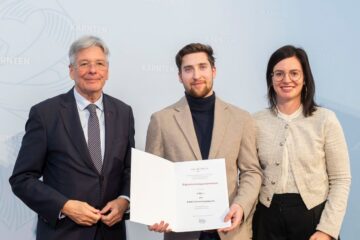Multi-coverage represents an important problem for various UAV tasks
-Bernhard Rinner.

Bernhard Rinner summarizes the contribution of the paper: “First, we introduce and formulate the MC problem for robot missions, which is distinct to the well-known problem of multi-robot coverage due to its requirement on simultaneous image capturing. Second, we propose a method for computing the constellations and planning the UAV mission for the stereo case. Third, we realize a distributed, model-predictive controller for UAV motion execution and evaluate its performance for stereo coverage in a 3D simulation environment.”
The mission is executed as a leader-follower formation flight, where the leader UAV knows the absolute pose and the follower UAV performs vision-based relative pose estimation with downward facing cameras. “Our MPC control structure achieves accurate relative positioning and a stable formation flight when the UAVs are approaching their constellation poses which represent important phases of the mission”, Matthias Weyrer explains. As can be seen in our simulation experiments, synchronicity and formation deteriorate immediately after the next constellation poses are set. “This is a consequence of the linear model of our MPC structure. However, such simplified models are important for efficient onboard execution”, Matthias Weyrer concludes.
Matthias Weyrer and Bernhard Rinner. UAV Motion Planning and Control for Multi-Coverage of 3D Environments. In Proceedings of the 2018 International Conference on Unmanned Aircraft Systems (ICUAS’18), Dallas, TX, USA. June 2018.




